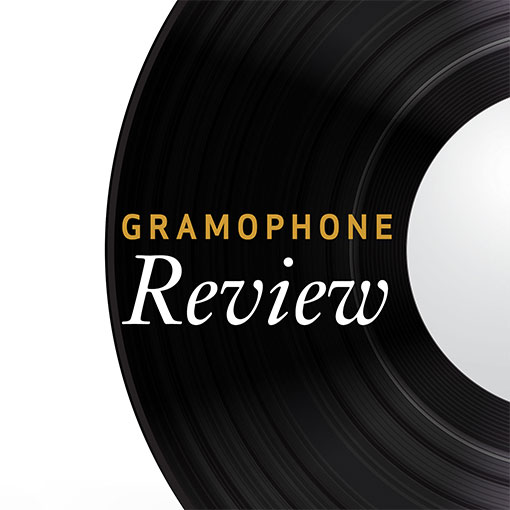Lamentazione
Les Arts Florissants delve into the Baroque stile antico
View record and artist detailsRecord and Artist Details
Composer or Director: Domenico Scarlatti, Antonio Lotti, Antonio Caldara, Leonardo Leo, Giovanni Legrenzi
Genre:
Vocal
Label: Virgin Classics
Magazine Review Date: 12/2011
Media Format: CD or Download
Media Runtime: 56
Mastering:
Stereo
DDD
Catalogue Number: 070907-2

Tracks:
| Composition | Artist Credit |
|---|---|
| Stabat mater |
Domenico Scarlatti, Composer
(Les) Arts Florissants ensemble Domenico Scarlatti, Composer Paul Agnew, Conductor |
| Crucifixus a 10 |
Antonio Lotti, Composer
(Les) Arts Florissants ensemble Antonio Lotti, Composer Paul Agnew, Conductor |
| Quam amarum est, Maria |
Giovanni Legrenzi, Composer
(Les) Arts Florissants ensemble Giovanni Legrenzi, Composer Paul Agnew, Conductor |
| Crucifixus |
Antonio Caldara, Composer
(Les) Arts Florissants ensemble Antonio Caldara, Composer Paul Agnew, Conductor |
| Miserere a due cori |
Leonardo Leo, Composer
(Les) Arts Florissants ensemble Leonardo Leo, Composer Paul Agnew, Conductor |
| Crucifixus a 8 |
Antonio Lotti, Composer
(Les) Arts Florissants ensemble Antonio Lotti, Composer Paul Agnew, Conductor |
Author: David Vickers
The doleful phrases that commence Scarlatti’s Stabat mater are shaped fluidly by 20 singers (two per part). Regardless of occasional flaws inevitable from a live recording, textural transparencies resonate around the lovely Ambronay acoustic. The Choir of Les Arts Florissants is on exceptionally good form, even if its handling of vivid virtuoso passages such as ‘Inflammatus et accensus’ and the Amen suggests that single-voice interpretations sometimes enjoy an advantage (eg Concerto Italiano or Vox Luminis). Agnew’s singers are impressive in Caldara’s short 16-part Crucifixus and sopranos Hannah Morrison and Maud Gnidzaz take things down several notches for their sensitive performance of Legrenzi’s duet Quam amarum est, Maria. At the other end of the spectrum, Leo’s Miserere (1739) is sung with the boldness, authority, lamentation and soft compassion that the composer variously demands. This magnificent music made a strong impression upon Wagner during Holy Week at Naples in 1880 but it has not been recorded as often as it deserves; there was one notorious case when Decca used it as the title of an album of Leo’s music that it wasn’t even on. Agnew and his choir deserve plaudits for a masterly and valuable recording.
Discover the world's largest classical music catalogue with Presto Music.

Gramophone Digital Club
- Digital Edition
- Digital Archive
- Reviews Database
- Full website access
From £8.75 / month
Subscribe
Gramophone Full Club
- Print Edition
- Digital Edition
- Digital Archive
- Reviews Database
- Full website access
From £11.00 / month
Subscribe
If you are a library, university or other organisation that would be interested in an institutional subscription to Gramophone please click here for further information.





